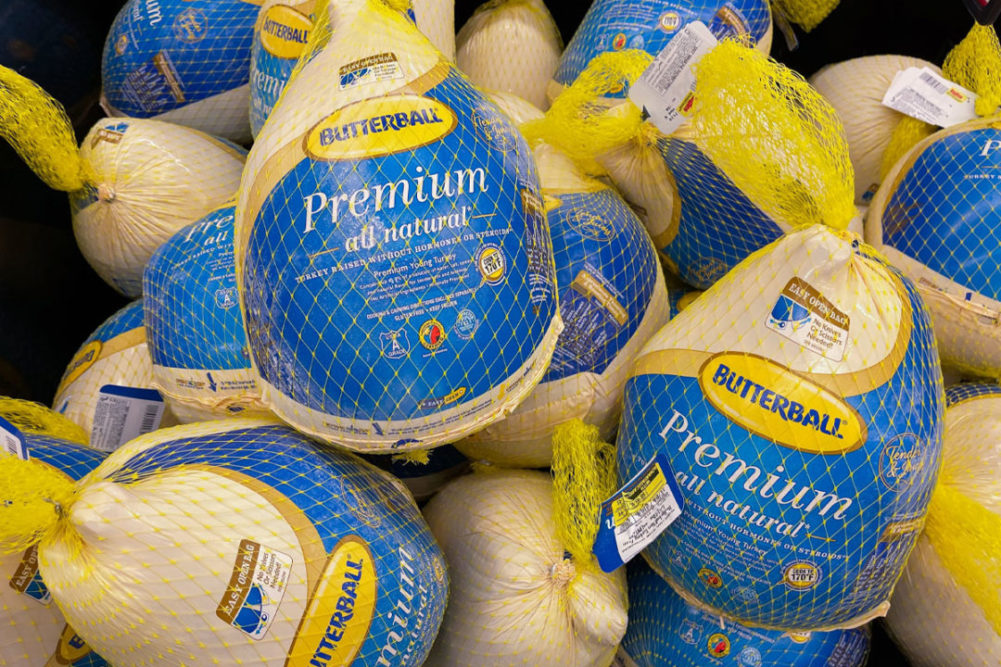DENVER — Tight turkey supplies have CoBank economists warning consumers to expect higher costs to fill their Thanksgiving tables this year.
Over the past 15 years the turkey industry has been hit with a series of challenges, beginning with the Great Recession. During 2012-2013, drought drove feed costs to record highs, and the first major highly pathogenic avian influenza (HPAI) outbreak appeared in 2015.
Due to the aggressive spread of the most recent wave of HPAI, the already shrinking national turkey flock lost more than 7.5 million turkeys since this spring as birds were culled in an effort to mitigate the disease.
The combination of tight turkey supplies and strong holiday demand will drive prices to record highs, according to CoBank’s Knowledge Exchange research brief. Wholesale prices for frozen turkeys are currently 30% above last year’s prices as seasonal cold storage inventories are their lowest since 2006.
“The good news is that we do not anticipate a shortage of turkeys for the holidays this year,” said Brian Earnest, lead animal protein economist with CoBank. “But they will definitely be more expensive and probably a bit smaller than what consumers are used to seeing in their grocers’ meat case.”
The US Department of Agriculture noted the price of frozen turkeys this year at $1.58 per lb, up 47% from last year, according to its Oct. 21 National Retail Report. The past decade the retail price historically hovered between 90¢ and $1.00 per lb.
As supplies have dwindled, so has the average slaughter weight by about 1 lb. Earnest accounts this to HPAI hitting larger, heavier toms than hens. In total, year-to-date turkey production in pounds is down 5%.
CoBank added that prices for all cuts of turkey have surged, including a 350% increase for fresh, boneless breast meat versus last fall.

